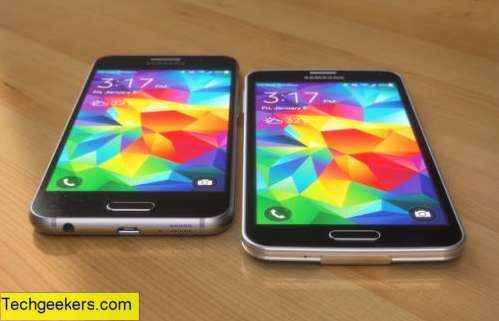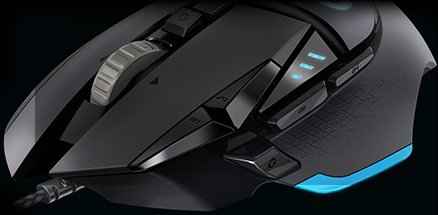The Smartphone Is the Only Computer you Need, Unless YOU ARE A GAMER!!
The first smartphone as we know it had a pretty weak hardware configuration. The iPhone had a 412 MHz single-core ARM11 CPU paired with just 128 Mb of RAM. A decade later, we have smartphones with eight processor cores, powerful GPUs, tons of RAM and lightning-fast internet connections.
Their power matches – or even exceeds – that of older desktop computers and laptops. Unless you’re a gamer, of course – today’s video games need a completely different category of hardware. But smartphones could do pretty much everything else you do on a daily basis – run simple games, browse social networks, read the news and mobile pokie reviews. They would also be perfect for getting some work done – like typing a document or gathering data into a bigger spreadsheet – but they have one major shortcoming: they are too small for such a thing. But they are growing – figuratively speaking, of course – to replace desktop computers.
Innovators have long ago realized that smartphones are strong enough to act as desktop computers, they just don’t have the keyboard and the screen to act as one. So why not connect them to them? Microsoft was the first major tech company to release a smartphone with a built-in “desktop” mode called Continuum. The idea was great but Windows 10 for phones not so much – Microsoft slowly lost all its fans and influence in the world of smartphones. But the idea lived on. At first, independent startups and enthusiasts have tried to turn smartphones into usable computers – the resulting products, Miraxess’ Mirabook and Sentio’s Superbook are hitting the market as we speak. And the smartphone makers themselves seem to have embraced the idea of turning smartphones into personal computers. And not just any manufacturers, but Samsung and Huawei, the biggest and the third biggest in the market.
Samsung started a trend with last year’s Galaxy flagships. It has released a docking station called DeX Station that allows the users of Samsung Galaxy S8 / Note 8 series smartphones to use them just like they would do with a desktop PC. The DeX has an Ethernet connector, several USB ports, HDMI output, and even acts as a charger and a cooling system for the phone – for the time things get intensive. Huawei took a different path – it has included a function called “PC Mode” into its latest EMUI user interface. When connected to a big screen, the phone – officially this works with the Mate 10 Pro only, but it has been confirmed to run on the Mate 9, too – can be easily switched to act as a PC desktop (on the big screen) with the phone acting as a keyboard and a trackpad.
The resulting computers – and laptops – are perfect for browsing the web, reading the news, working on your book or filling a large spreadsheet with data. They can’t handle games the smartphones at their core won’t run – for serious gaming, you’ll still need a console or a PC.





